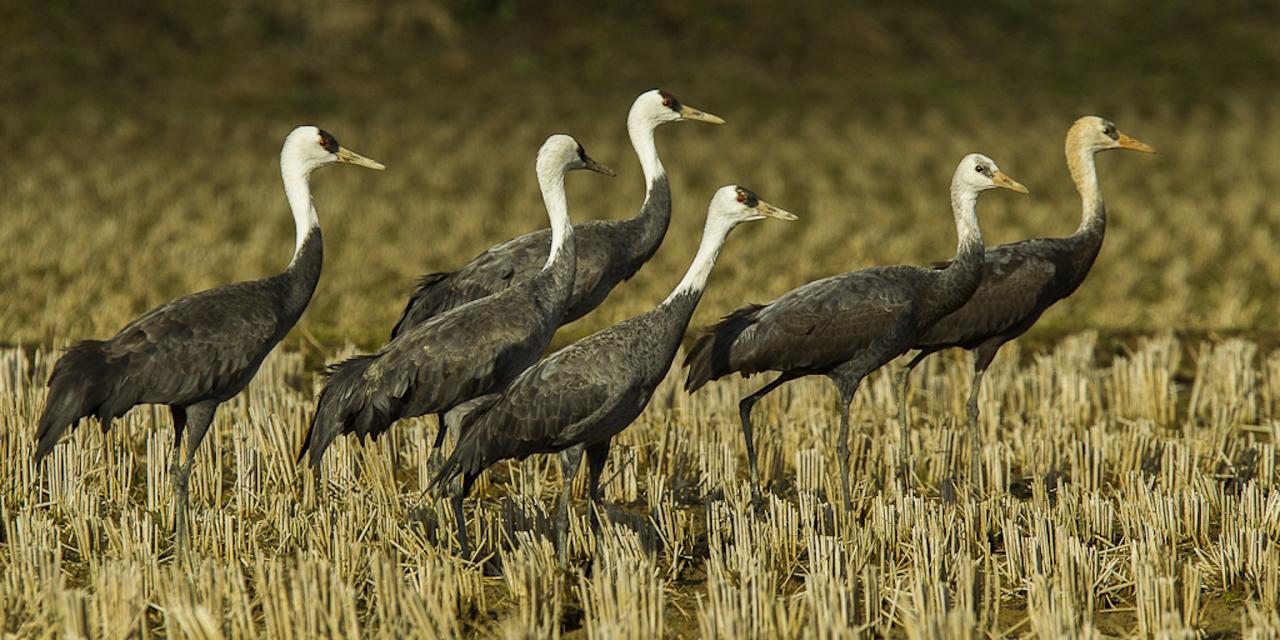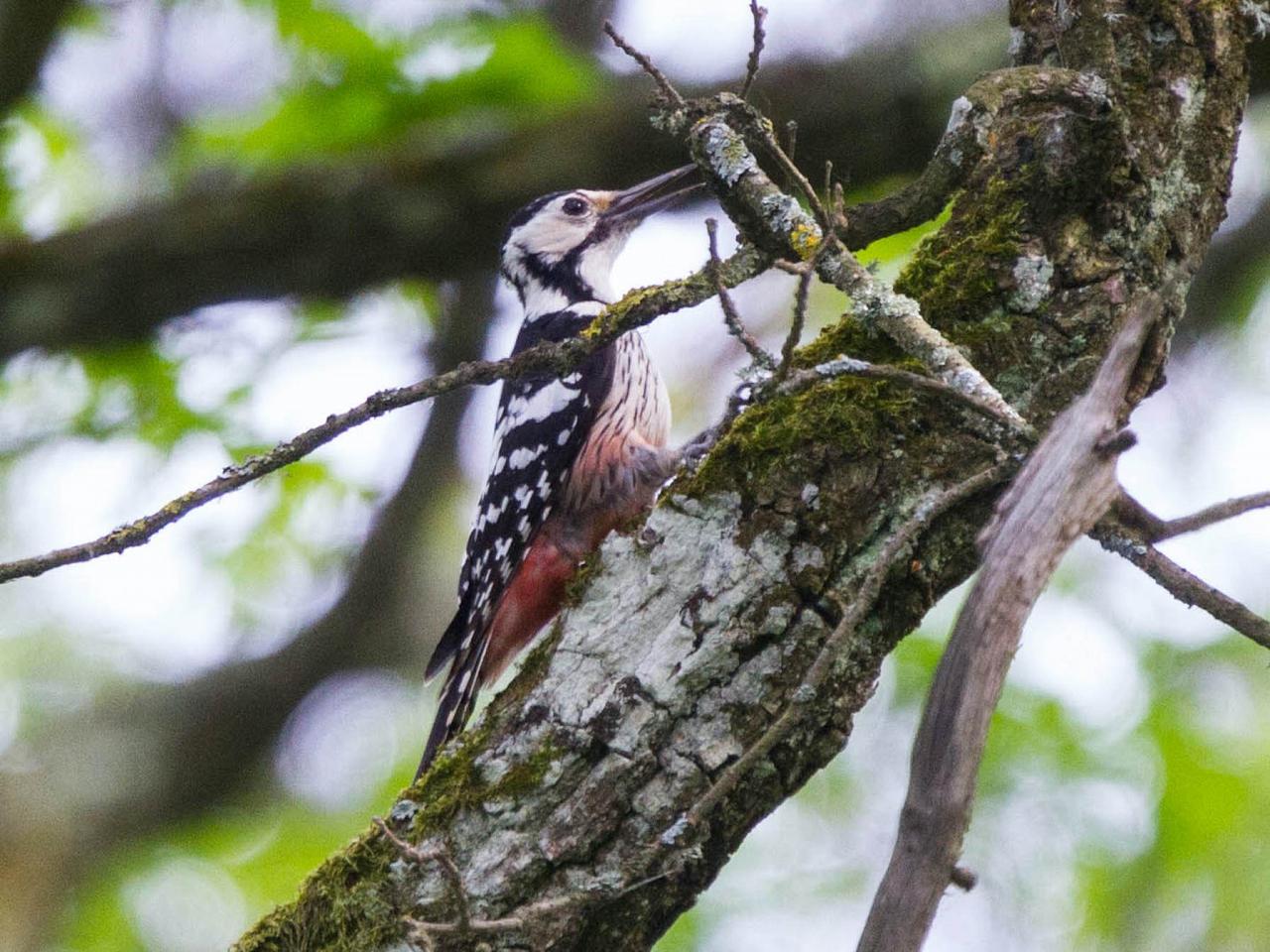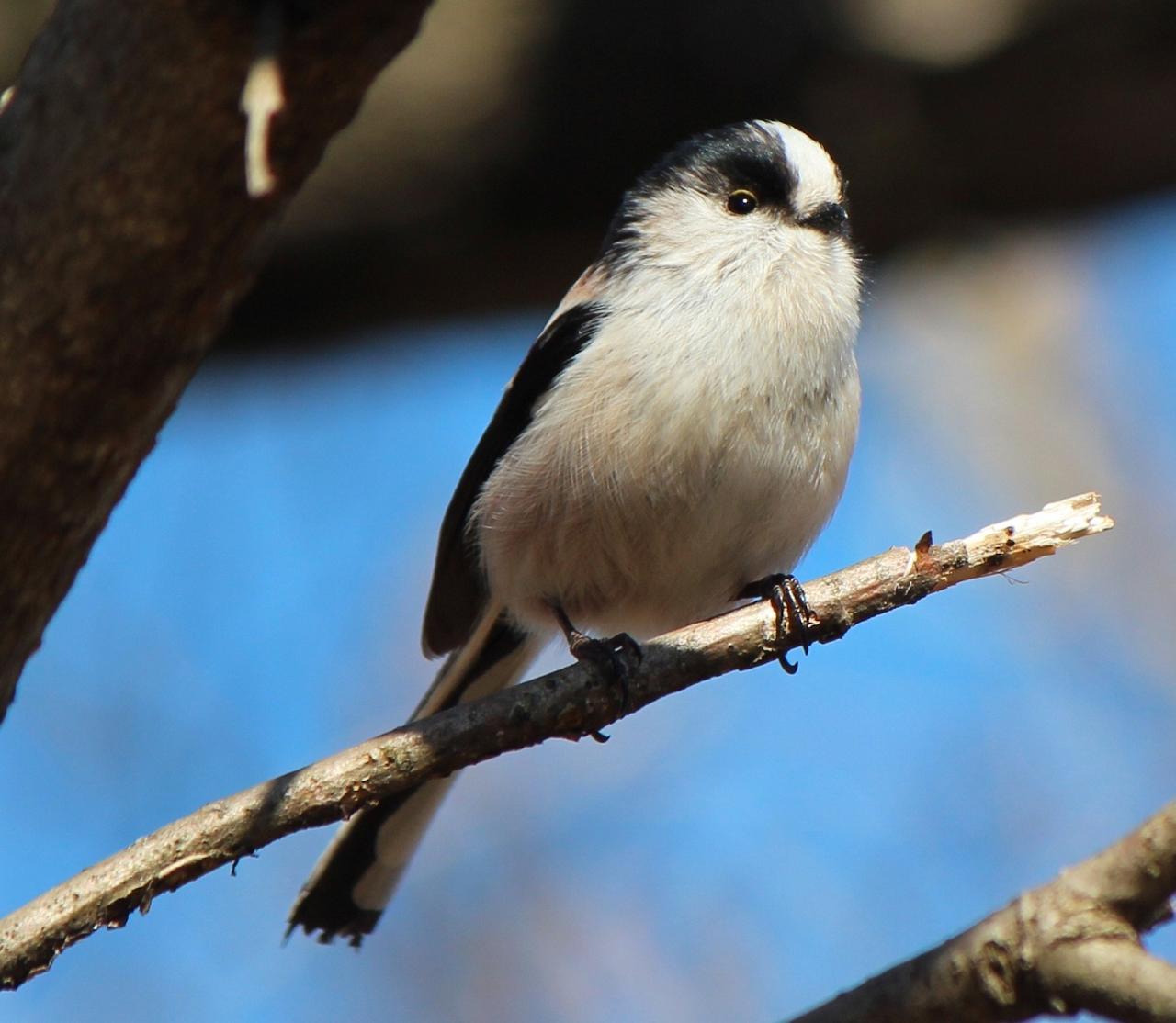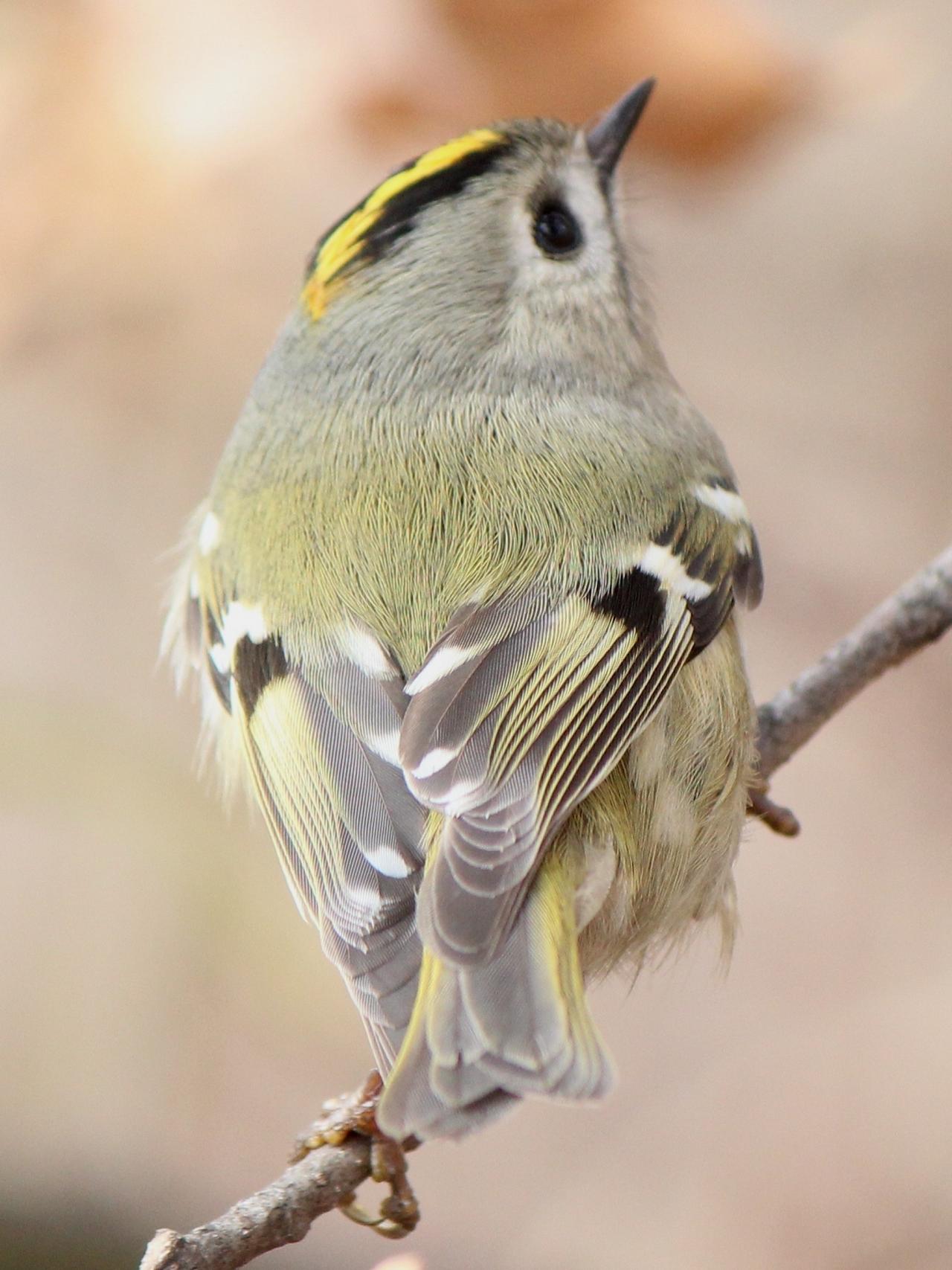- Overview
- Full Itinerary
- Photo Gallery
- Costing
- Travel Details
- Trip Reports
- Guides
- Map
- Know Before You Go
Naturalist Journeys is pleased to offer a NEW! winter birding tour to Japan. Japan offers a fantastic array of birding and nature opportunities, from the wintering Cranes in Kagoshima to the world-famous Snow Monkeys in Jigokudani.
Marvel at massive flocks of waterfowl, working back and forth from the coast to the rice fields. Search for the range-restricted Saunders Gull, or hopefully the endangered Black-faced Spoonbills in Fukuoka, the largest city on Kyushu. Enjoy the wonderful town of Karuizawa, with the possibility of getting good views of the endemic Copper Pheasant. Cruise the Shiretoko Peninsula in search of Asian Rosy-Finch and Snow Buntings.




Tour Highlights
- Discover Japan and all the wonderful winter birding on offer
- Marvel at over 15,000 cranes at the Crane Observation centre in Izumi
- Enjoy the world famous Snow Monkeys bathing in the hot springs of Jigokudani
- Explore historic Japanese sites such as the Zenkoji Temple, founded in the 7th century
- Watch for the once-near extinct Red-crowned Cranes in Hokkaido
- Search the low-mountains for Japanese Woodpeckers and Mountain Hawk-Eagles


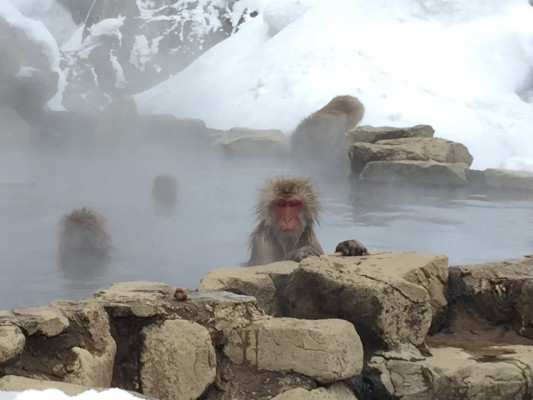

Trip Itinerary
Itineraries are guidelines; variations in itinerary may occur to account for weather, road conditions, closures, etc. and to maximize your experience.
Mon. Jan. 9: Arrivals in Tokyo
Welcome to Japan! We start our tour on a Monday to give you the weekend to travel into Tokyo. Tokyo has two international airports; we have planned this first night near Haneda Airport (HND) with an easy airport hotel. We officially kick off our trip with a welcome dinner tonight.
Please ask your Naturalist Journeys travel specialist to connect you with our travel agent, who is happy to help you book your flight. We pay her ticketing fee.
Accommodations at a convenient Haneda Airport Hotel (D)
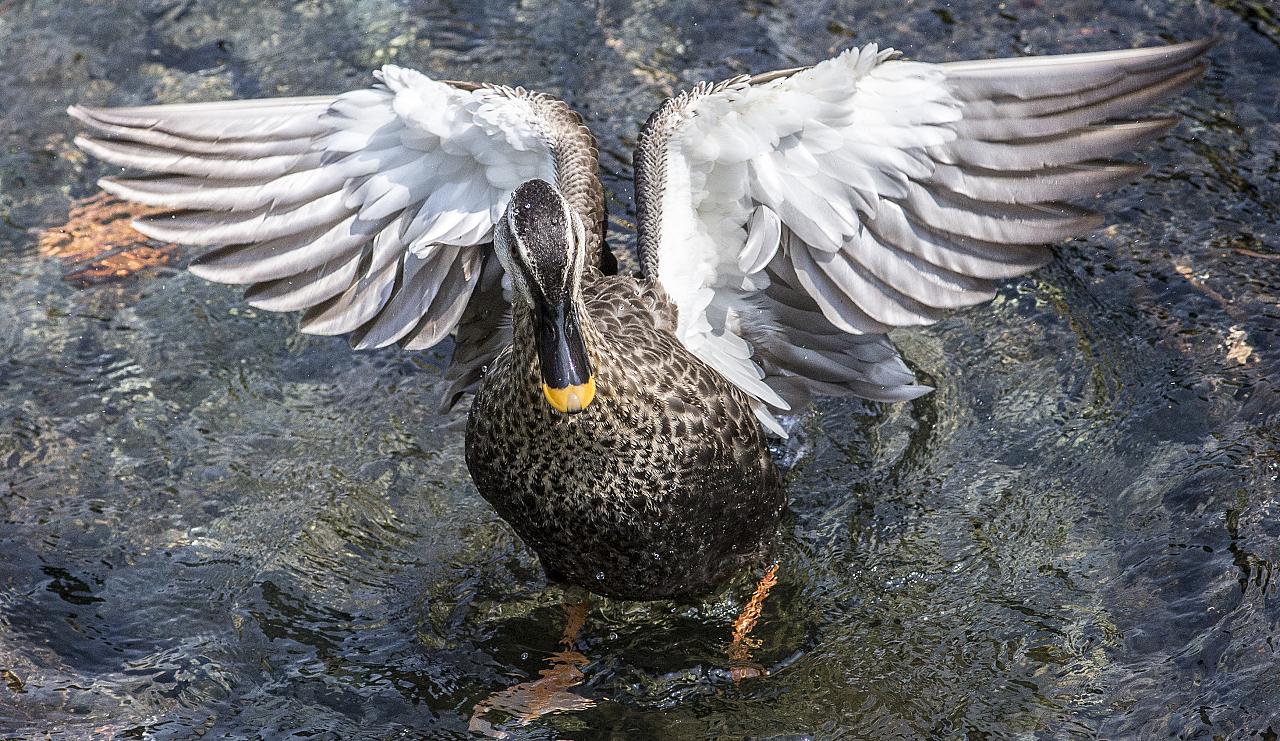
Tues. Jan. 10: Morning Birding | Kagoshima | Izumi
This morning we take a short walk near the hotel for an intro to some of the more common bird species in the Tokyo area. Brown-eared Bulbul and White-cheeked Starling are common in the city, and we may see our first Dusky Thrush—a common winter visitor. Depending on the time of our flight to Kagoshima, we may visit a nearby river where we are likely to see Common Pochard, Eurasian Green-winged Teal, Eurasian Wigeon, Great Cormorant, and more. We then return to the airport for our flight to Kagoshima.
Kagoshima is located at the southern tip of the island of Kyushu. It’s far enough south that even in the middle of winter the weather is normally pleasant, with highs in the mid-50s (but still occasionally gets snow). We stay in the small city of Izumi, about a two-hour drive from Kagoshima. Izumi is famous for the Crane Observation Center and the 15,000 cranes that spend the winter here. The majority are Hooded and White-naped Cranes, but there are always a few other species in the area, possibly including Common, Siberian, Sandhill (from the population that breeds in eastern Siberia), and Demoiselle. In addition to the cranes, there are a huge number of other birds that winter here. Witness massive flocks of waterfowl work back and forth from the coast and the same rice fields the cranes are using. Brush and reeds along the rivers hold Reed, Rustic, Chestnut-eared, and Ochre-rumped Buntings, and we work for Chinese Penduline-Tit. Of course, there are many other regular winter species, as well as some great rarities, making it a really exciting area to bird.
Accommodations in Izumi (B,L,D)
Wed., Jan. 11 & Thurs., Jan. 12 : Izumi
This is our best birding area on this tour, so we have included plenty of time here to make sure we cover the area well. There are a few other areas nearby that we visit to get more variety in both habitats and species. A short drive from the hotel and we are in the low mountains where we can see Varied, Japanese, and Long-tailed Tits; Pygmy, White-backed, and Japanese Woodpeckers; and Mountain Hawk-Eagle are often soaring nearby. Additionally, we search along some of the rocky rivers for Long-billed Plover.
We also make time to soak in the traditional Japanese architecture and local sites—Izumi-Fumoto is a beautifully well-preserved Samurai residence with historic items surrounded in leafy gardens. And we would be remiss not to indulge in the delicious local foods.
Accommodations in Izumi (B,L,D)
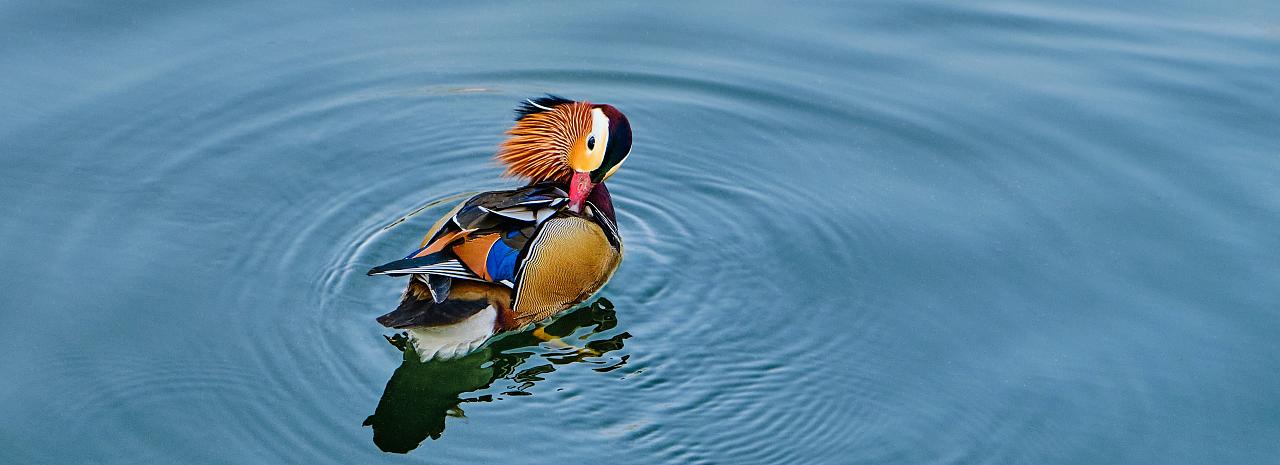
Fri. Jan. 13: Birding to Fukuoka | Flight to Komatsu
Today we leave Izumi and work our way north toward Fukuoka—the largest city on Kyushu. On the way we visit some of the most productive mudflats in Japan for shorebirds and gulls. One of the highlights is the range restricted Saunders’s Gull (among many other species of gulls such as Black-headed, Black-tailed Herring, and Slaty-backed), but some winters there are a few endangered, Black-faced Spoonbill in the area among the other waders. We take our time and bird our way to Fukuoka before catching our flight to Komatsu on the island of Honshu.
Accommodations in Komatsu (B,L,D)
Sat. Jan. 14: Komatsu | Nakano
Komatsu is a relatively small city on the Sea of Japan side of Honshu. It has a well-deserved reputation for being cold and snowy, but that weather brings with it lots of waterfowl. Along with the more familiar species like Mallard and Northern Pintail, we should be able to find some specialties like Eastern Spot-billed Duck, Falcated Duck, Smew, and of course the gorgeous Baikal Teal. The rocky coastline is good for Red-throated, Arctic, and Pacific Loons, sea ducks, and Great and Japanese Cormorants. In the afternoon we have our first view of the Japanese Alps as we head into Nagano Prefecture. Our destination will be the town of Nakano.
Accommodations in Nakano (B,L,D)
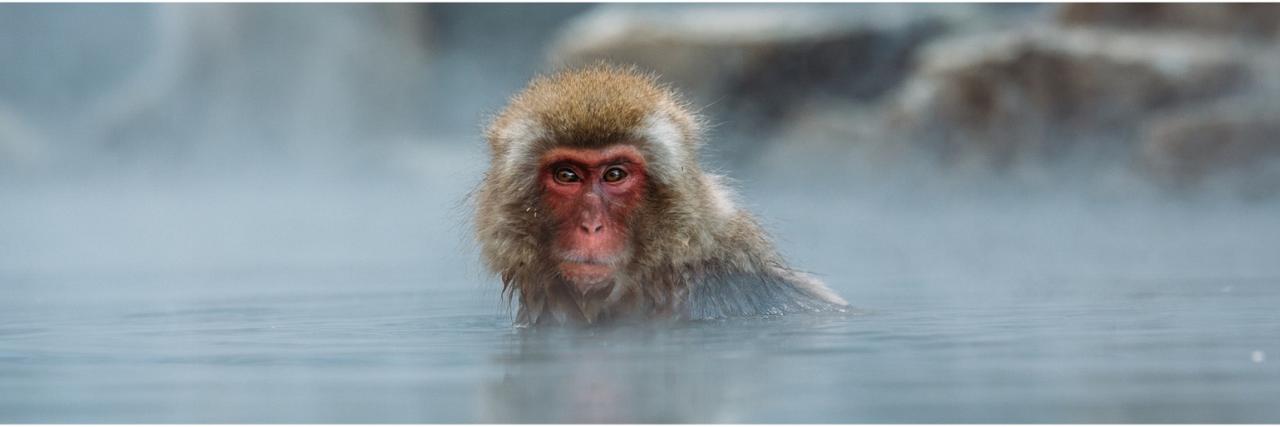
Sun. Jan. 15: Jigokudani Snow Monkeys | Zenkoji Temple | Karuizawa
Today is a bit less birding but still a very exciting day. We start with the world famous “Snow Monkeys” of Jigokudani. The Snow Monkeys, or Japanese Macaques, overcome the frigid winters of the Japanese Alps by hanging out in the natural hot springs of Jigokudani (meaning Hell’s Canyon). We have a hike of about a mile and often see mixed flocks of Coal, Varied, Willow, and Japanese Tits, Goldcrest, and Eurasian Siskin on the walk into the canyon. While we enjoy the antics of the Snow Monkeys, we also scan the steep canyon for another exciting mammal—the Japanese Serow (a goat-antelope). In the afternoon we visit one of the most important and popular Buddhist sites in Japan—Zenkoji Temple (founded in the 7th Century) before continuing on to our hotel in Karuizawa.
Accommodations in Karuizawa (B,L,D)
Mon. Jan. 16: Karuizawa
Karuizawa is a beautiful resort town for people from Tokyo to escape the city. In the winter they come to ski, ice skate, and enjoy the hot springs (Onsen). Birders come here for the chance at what is probably the most difficult bird of the trip—the endemic Copper Pheasant. This gorgeous bird is fairly common in the mountains around Karuizawa but can be extremely difficult to find. Depending on the snow levels, they sometimes forage along roadsides where the snow is less deep. The last few years there has not been as much snow so we normally end up doing some hikes through the forest. Other birds of interest here include Japanese Woodpecker, Japanese Grosbeak, Japanese Accentor, Japanese Waxwing, and others.
Accommodations in Karuizawa (B,L,D)
Tues. Jan. 17: Matsumoto Castle | Karuizawa
After a bit of early morning birding today we visit another cultural site: Matsumoto Castle, one of the most beautiful and well-known castles in Japan. While primarily a cultural day, the castle is surround by a series of moats that hold a good assortment of waterfowl and the gardens are home to Dusky Thrush and other passerine species. We spend some time exploring the grounds and touring the castle and exhibits inside. As we travel back to our hotel for the night we stop and bird at a couple of spots looking for any key species that we have yet to encounter.
Accommodations in Karuizawa (B,L,D)
Wed. Jan. 18: Karuizawa | Kushiro
This morning we have another early birding excursion before we wrap up the Honshu portion of our trip. Today is primarily a travel day. After birding and breakfast, we make the drive back into Tokyo to Haneda Airport for our flight to Kushiro, Hokkaido.
Accommodations in Kushiro (B,L,D)
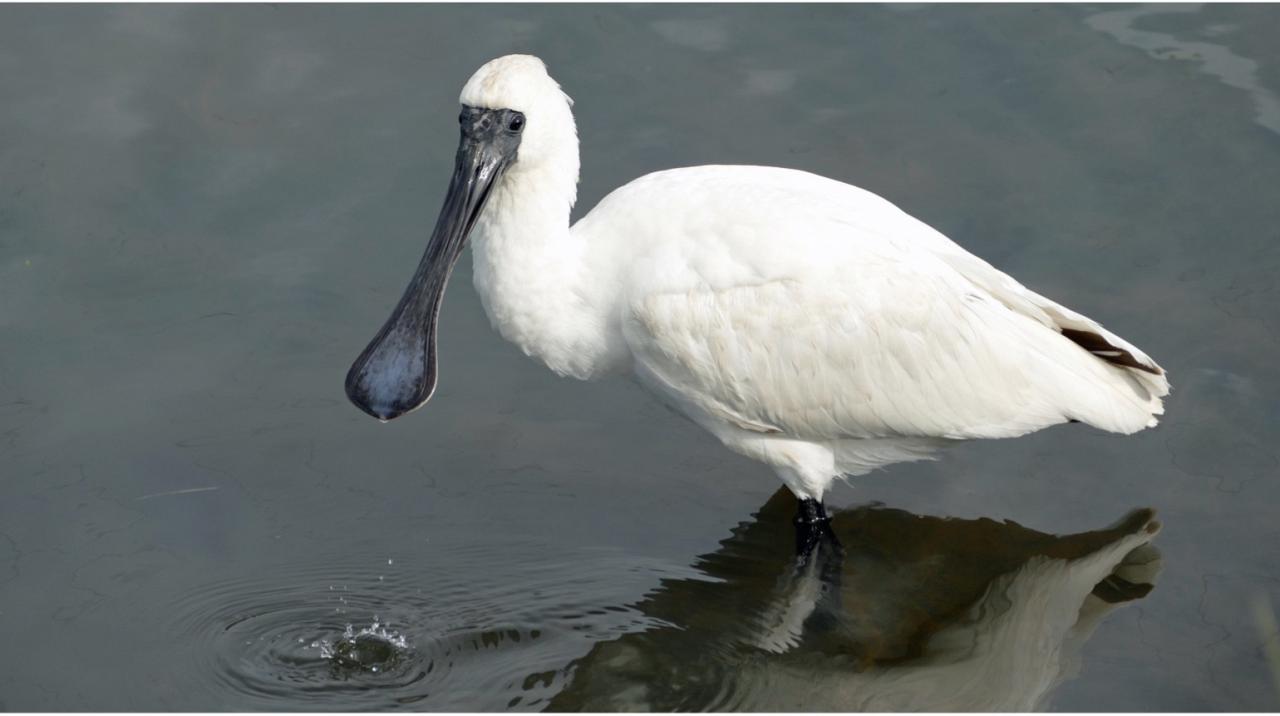
Thurs. Jan. 19: Kushiro | Red-crowned Crane | Yoroushi Onsen
This morning we find ourselves on the northernmost island in Japan—Hokkaido. The winter is brutal here and most birds move much further south, but there are some wonderful species that we search for here and it is often the highlight of the trip for many participants. Our first stop is for Red-crowned Cranes. Once almost extinct in Japan, they have made a great recovery and are now common. In the winter most of the cranes are concentrated into a couple of areas, so we are guaranteed great views of these magnificent birds.
Once we’ve spent plenty of time with the cranes, we head north to our lodge for the next two nights. We stay at a traditional onsen (hot spring) resort. There are feeders that draw in the Hokkaido subspecies of Eurasian Jay and a variety of tits (Coal, Marsh, Willow, and Japanese) and woodpeckers (Pygmy, White-backed, and Great Spotted). The river often has Brown Dipper and, if we’re lucky, Solitary Snipe. But the highlight here is after dark, when Blakiston’s Fish Owl (the largest living species of owl!) comes to the river or pond only a few feet from the lodge windows. You may even get lucky and see the owl while you enjoy an evening soak in the hot springs.
Accommodations in Yoroushi Onsen (B,L,D)
Fri. Jan. 20: Shiretoko Peninsula | Yoroushi Onsen
After breakfast we depart for the coast. Northeast Hokkaido holds a large population of wintering Steller’s Sea-Eagle and White-tailed Eagle. We take a short cruise on which we have incredible views of them sitting on floating ice in the ocean (the ice is not always present so, if not, we watch the eagles along the coast). Along the coast we look for sea ducks (including Stejneger’s and Black Scoters and Long-tailed Duck), alcids (such as Pigeon and Spectacled Guillemot, Common and Thick-billed Murre, and Ancient Murrelet), and loons while we admire the snow-covered mountains of the Shiretoko Peninsula. Passerines are scarce here in the winter, but we do keep our eyes open for Snow Bunting and Asian Rosy-Finch. In the evening we return to our same lodge as last night for another chance at Blakiston’s Fish Owl.
Accommodations in Yoroushi Onsen (B,L,D)
Sat. Jan. 21: Southeast Hokkaido | Nemuro
This morning we work our way to the southeast corner of Hokkaido. The Kuril Islands, taken from Japan by Russia in World War II, are visible as we drive along the coast. When we arrive in Nemuro City have an optional pelagic trip for those keen on trying for more alcids and we spend the remainder of the day exploring the area.
Accommodations in Nemuro (B,L,D)
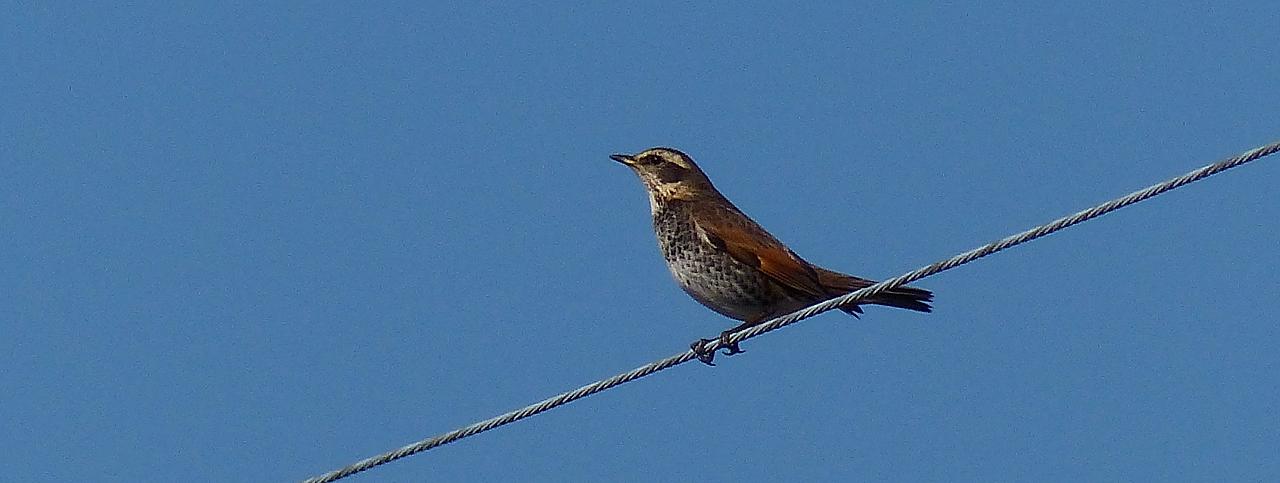
Sun. Jan. 22: Nemuro Peninsula
Today we have the whole day to explore the Nemuro Peninsula. Nemuro City has done a lot to welcome birdwatchers and we visit several blinds where we can get out of the cold while we scan the bays and shores. Watch for sea ducks, guillemots, murres and gulls, White-tailed Eagle and Steller’s Sea-Eagle, and more. Enjoy a celebratory dinner tonight as we reminisce about our grand trip.
Accommodations in Nemuro (B,L,D)
Mon. Jan. 23: Southeast Hokkaido | Flight to Tokyo
All good things must come to an end, but we still have one day to enjoy this unique part of the world. As we make the drive back to Kushiro, we hit a couple of key locations for species we may still be missing. If we haven’t seen Asian Rosy-Finch yet we have a good chance today and scan a nice bay for any new waterfowl. We arrive at the airport in the late afternoon for our flight back to Tokyo. We plan to arrive in at Haneda airport around 8:30 PM. There are some international flights that leave Haneda around midnight, others may want to transfer to an airport hotel (not included) or transfer to Narita Airport. (B,L,D)
Cost of the Journey
The cost of the tour: $6995* DBL / $7680 SGL*, from Tokyo, Japan. *$600 additional required Internal flights estimate.
This tour requires internal flights that our operator will book for you using the Japan Air Pass system. To book them we need a copy of your passport and your international flights. We want to keep the group together so we hope to have air booked not later than the end of September 2022.
Cost of the Tour Includes:
Accommodations for 14 nights, meals as specified in the itinerary (B=breakfast, L=lunch, D=dinner), park entrance and other activity fees for activities as described in the itinerary, internal flights, professional guide services, pre-departure materials and miscellaneous program expenses.
Cost does not Include:
Round-trip airfare to and from Tokyo, Japan, or internal flights. It does not include items of a personal nature such as laundry, telephone, drinks from the bar; or gratuities for luggage handling or personal services.
Travel Details
Please plan to make air travel plans only after the minimum group size has been met. We will send you a confirmation email as soon as the trip has been confirmed.
The airport for this journey is Haneda (HND). Please plan to arrive in time to meet the group for dinner on January 9. Please plan departures after 11:00 PM on January 23. Many flights leave around midnight, but if you prefer to overnight (additional cost) in Tokyo on January 23, you can depart at your leisure on January 24.
Travel to Japan is restricted to group travel, our guide will meet your flight and accompany you. He is available one day ahead and one day after to meet you at HND, but any additional dates are not possible at this time.
Browse below for trip reports and species lists from past versions of this and other tours from this destination.
Japan
- January 2023
- December 2023
- January 2024
- June 2024 (Hokkaido)
-
Bryan Shirley
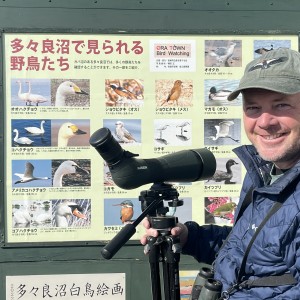
Bryan Shirley graduated from the University of Kentucky with a degree in Japanese/International Economics. He lived in Japan for 3 years when he was 20 and fell in love with the language and culture and has been guiding and birding there ever since. Besides guiding in Japan, he regularly leads tours for Japanese birding groups around the US and other countries. When not guiding he has been involved with various DWR and USFWS projects such as relocating Sage Grouse, breeding bird surveys, and bird-related projects for private environmental consulting firms. He also has volunteered his time to serve as president of Utah County Birders and organizes the annual Audubon Christmas Bird Counts for Provo and Payson, Utah where he currently resides. He currently is a member of the Utah Bird Records Committee.
Other trips with Bryan Shirley
-
Peg Abbott

Peg Abbott is the owner and lead guide of Naturalist Journeys, LLC. She has been designing, guiding, and organizing natural history tours for more than 25 years, working for the National Audubon Society and other organizations before launching Naturalist Journeys, LLC in 1998. Her work has taken her from Alaska to Africa and Argentina, as well as many other locations around the world. She has conducted research on several bird and mammal species and keeps a close interest in Yellowstone and Mexican wolf reintroduction projects. Her interests include all aspects of natural history and geology. After 20 years in and around the Yellowstone area, Peg relocated in 2003 to the birding mecca of Portal, AZ.
Photo credit: Carol Simon
Other trips with Peg Abbott
-
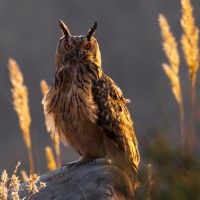 Wild Italy: Venice, the Dolomites, and Bologna CLOSED - Check out Romania & Bulgaria: Black Sea Coast Migration!May 18 - 30, 2025
Wild Italy: Venice, the Dolomites, and Bologna CLOSED - Check out Romania & Bulgaria: Black Sea Coast Migration!May 18 - 30, 2025 -
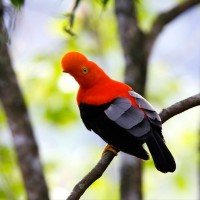 Incredible Ecuador: Chocó GaloreOctober 2 - 11, 2025
Incredible Ecuador: Chocó GaloreOctober 2 - 11, 2025 -
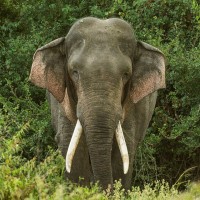 Island of Wonder: Birds & Nature of Sri Lanka FULL - Check out Wild Borneo: Endemic Birding & Nature!November 10 - 22, 2025, w/Mannar Island extension
Island of Wonder: Birds & Nature of Sri Lanka FULL - Check out Wild Borneo: Endemic Birding & Nature!November 10 - 22, 2025, w/Mannar Island extension -
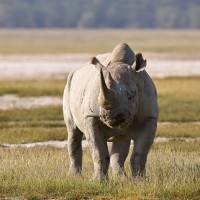 Tanzania: Wildlife & Birding Safari FULL - Check out Southern Tanzania in September 2025!February 9 - 22, 2026, w/Amboseli & Nairobi National Parks extension
Tanzania: Wildlife & Birding Safari FULL - Check out Southern Tanzania in September 2025!February 9 - 22, 2026, w/Amboseli & Nairobi National Parks extension -
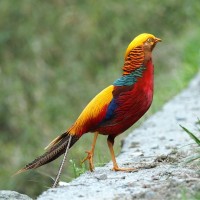 China’s Sichuan Basin & Tibetan Plateau Birding, Wildlife & CultureJune 11 - 26, 2026
China’s Sichuan Basin & Tibetan Plateau Birding, Wildlife & CultureJune 11 - 26, 2026
-
Pace & Protocols +
Photo credits: Banners: Snow Monkey, Photo by Steven Diaz on Unsplash; Urai Owl, Bryan Shirley; Red-crowned Cranes, Bryan Shirley; Jigokudani by Sugerman Joe on Unsplash; Balkal Teal by Pallav Pranjal via Creative Commons; Smew by Matti Virtalavia Creative Commons; Japanese Pygmy Woodpecker by Greg Peterson via Creative Commons; Reed Bunting by Ken Billington via Creative Commons; Chinese Penduline-tit by Jerry Gunner via Creative Commons. Thumbnails: Blakiston's Owl, Bryn Shirley; Swans, Bryan Shirley, Mandarin Duck, Bryan Shirley; Matsumoto Castle, by Markus Winkler on Unsplash; Cranes, via Unsplash; Sakura-jima volcano, from Kagoshima hills, by Amandine P. on Unsplash; Snow Monkeys, via Unsplash; Steller's Sea Eagle, Bryan Shirley; Eastern Spot-billed Duck, Katsura Miyamoto via Flickr; Mandarin Duck, by Isaac Chou on Unsplash; Snow Monkey, Steven Diaz on Unsplash; Black-faced Spoonbill, Bernard Spragg via Flickr; Dusky Thrush by Harum Koh on Flickr.










